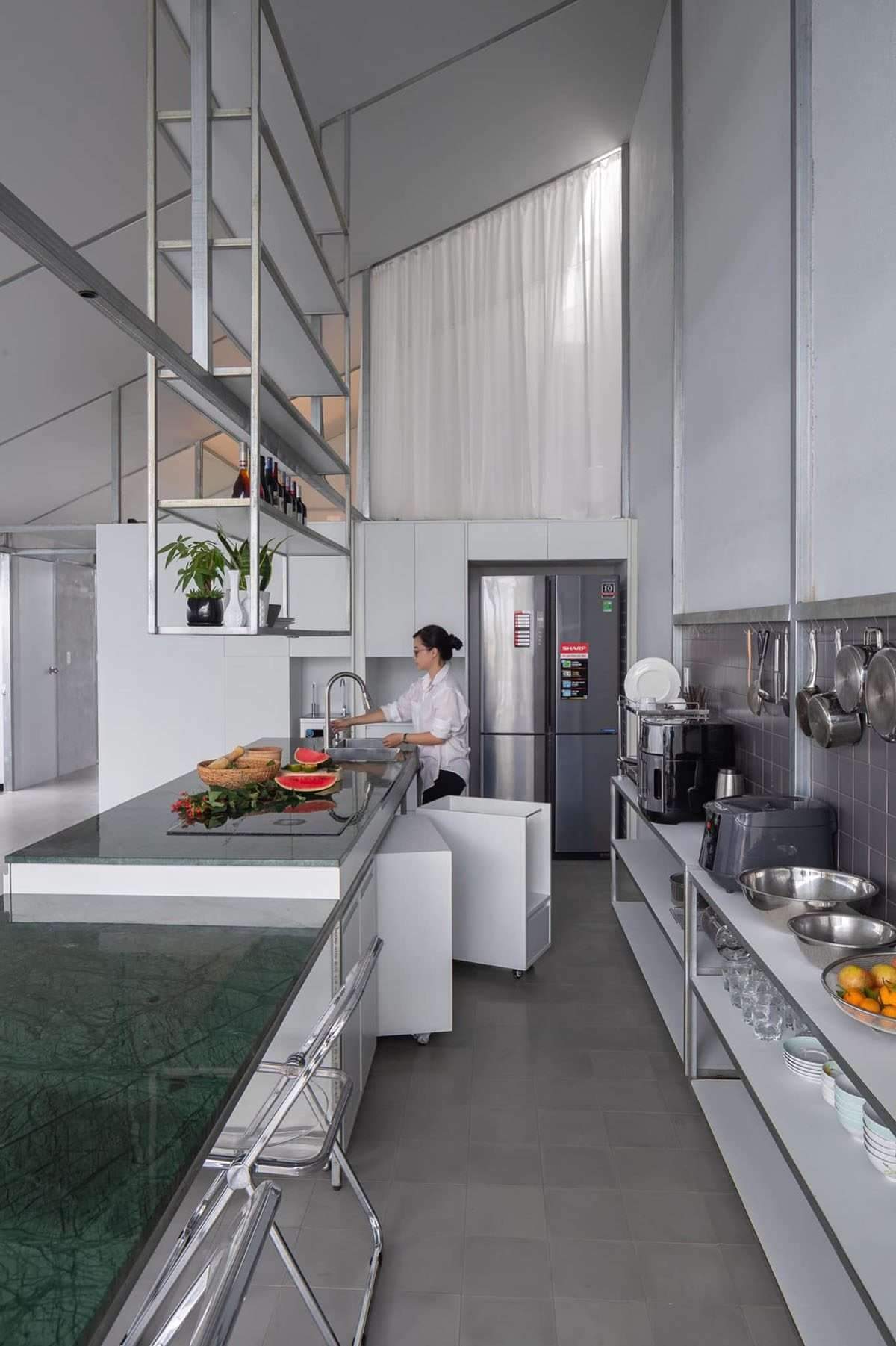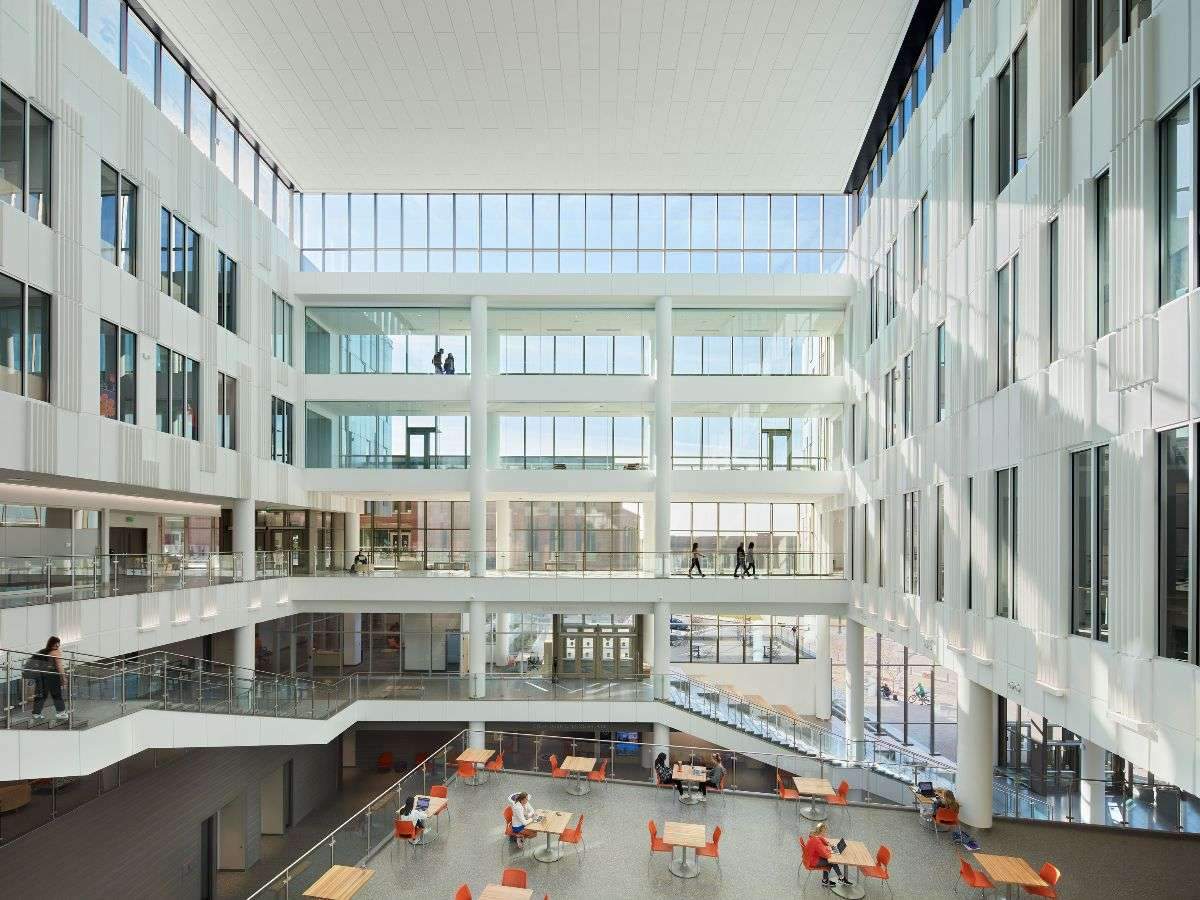Completing a family home with an angled roof in Vietnam
Vietnamese architecture firm, MIA Design Studio,
has completed a family home with an angled roof in Ham Thuan Bac, Binh Thuan Province, Vietnam.
The 126.2 square meter Binh Thuan House, located in Phan Thiet,
Binh Thuan Province, is intended for a family of four.
Designed from the very beginning, MIA Design Studio designed the project on a tight budget,
analyzing the basic requirements required for the life of a young family.

These inputs steered the trend towards a very hands-on approach to architecture,
unfussy and very proactive. Another interesting thing is that the project was designed and built during isolation in the Covid pandemic.
So the architects had to come up with a design direction that could be communicated and managed remotely with the local construction team.
The house had to become a normal residential architecture,
which is why the studio preferred to arrange every element in a very basic way.

Design features
These essentials included regulating natural light, natural ventilation,
creating functional spaces and internal circulation, thus creating behavior and life.
Since the essentials are as concentrated as possible,
the house forms the outer covering, as well as the roof and columns naturally.
From the outside, the house looks like a common corrugated iron house in the countryside with a prefabricated steel frame structure.
However, it also means that the bearing frame of the house should also be a sliding door frame,
hanging furniture frame, curtain frame, and clothes hanging frame.

The team sought to reduce construction costs through a method of creating multi-story play structures.
The studio can easily find building materials within about 1 km. In addition,
the interior design of the house will initially be 3D hollow frames.
They are shaped so that the owner can develop more spaces later without breaking the overall layout.
The studio created a house where the load-bearing structure presents a real architectural form, and then the furniture parts are also turned on.
While creating an architecture space at this time an introduction to users,
to participate in the formation of the aesthetic in the next stage.

Depending on the needs of use and lifestyle, the overall aesthetic of the building
will be flexible in accordance with the modular system without causing conflict with the architect’s original design.
This design experiment raised many questions about how to build when the resources around us become limited,
and the values turn out to be superficial and static over time.
For more architectural news
Embodying the wild beauty of the Canadian region for campers in four framed cabins






